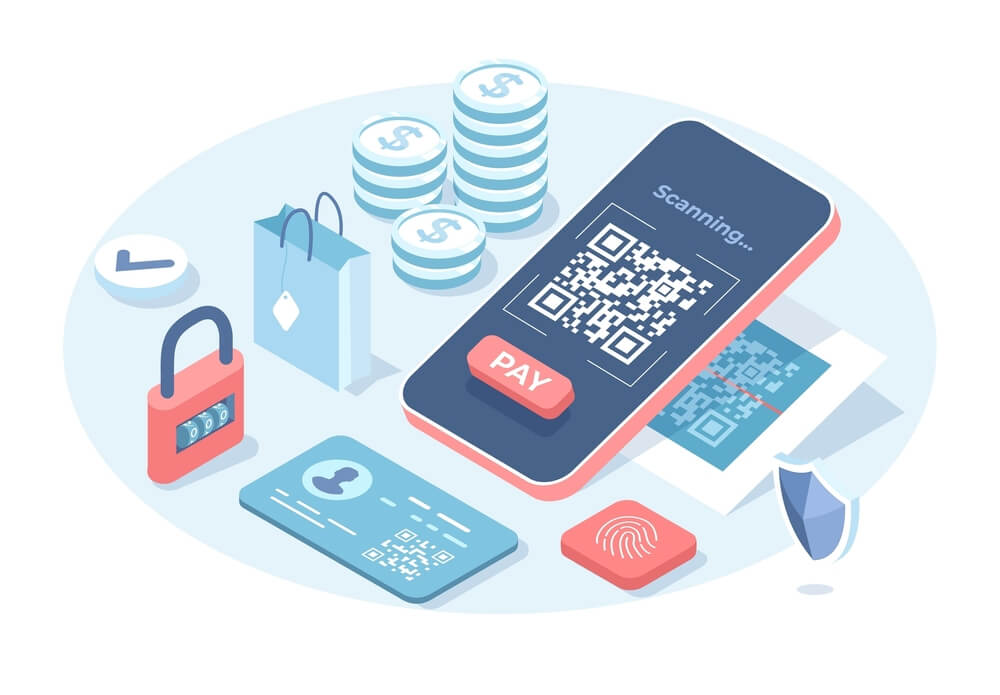
About Barcode / QR Code
The Evolution of Barcode and QR Code Technology: A Journey from Discovery to the Future
The inception of Barcode technology traces back to the early 1970s, changing the landscape of inventory management and retail operations. However, it wasn't until the early 1990s that QR (Quick Response) codes emerged, adding a new dimension to data encoding and accessibility.
Discovery and Early Adoption
Barcodes, the pioneers of data encoding, were initially developed to streamline grocery store checkout processes. The first item ever scanned with a barcode was a pack of Wrigley's chewing gum in 1974. This seemingly simple act marked the beginning of a technological revolution that would extend far beyond the aisles of supermarkets.
In the early 1990s, Denso Wave, a subsidiary of Toyota, introduced the QR code. Conceived by Masahiro Hara, the QR code was designed to store more information than traditional barcodes. Its distinctive square shape, arranged in a grid pattern, allowed for faster scanning and increased data capacity. Unlike barcodes, which could store limited alphanumeric data, QR codes could encode various types of information, including URLs, contact details, and even geographic coordinates.

1. Impact on Industries:
The impact of barcode and QR code technology has been monumental across diverse industries. In retail, barcodes revolutionized inventory management, reducing errors and streamlining checkouts. QR codes, with their versatility, enhanced customer engagement through interactive marketing campaigns and simplified payment processes.
2.Impact on Industries:
Logistics and supply chain management saw significant improvements with the adoption of these technologies. Barcodes enabled real-time tracking of shipments, minimizing errors and optimizing distribution processes. QR codes added an extra layer of traceability, facilitating instant access to detailed product information, expiry dates, and batch numbers.
3.Impact on Industries:
Healthcare embraced barcode technology for patient identification, medication administration, and inventory control. QR codes, with their ability to store comprehensive information, played a crucial role in patient record management and drug authentication.
4.Impact on Industries:
The hospitality industry leveraged QR codes for contactless menus and payment options, especially during the COVID-19 pandemic. The education sector incorporated QR codes into textbooks for interactive learning experiences, and museums used them to provide visitors with in-depth information about exhibits.

